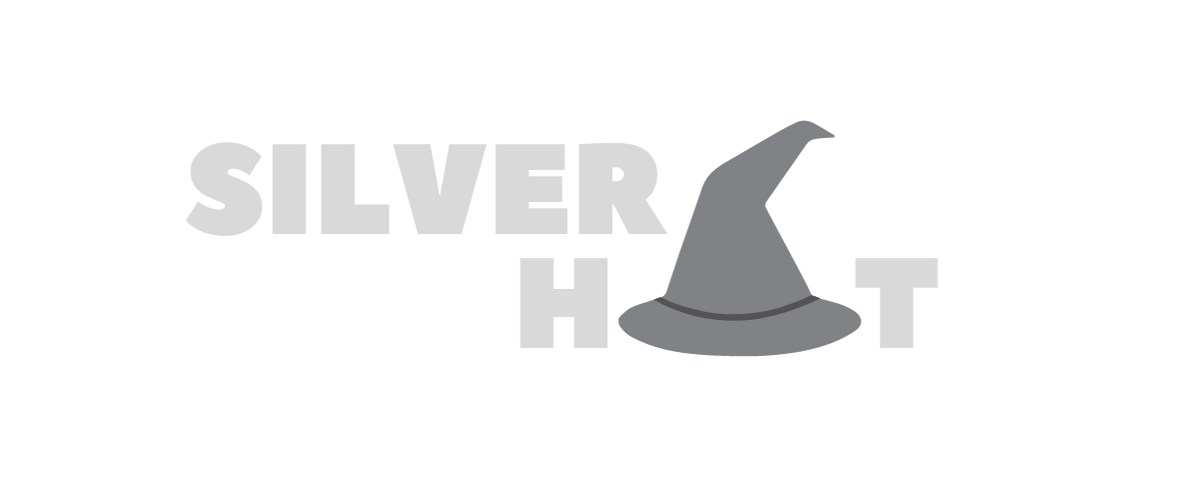In today’s digital landscape, having a strong online presence is crucial for businesses, freelancers, and content creators alike. One of the most popular and user-friendly platforms for building websites is WordPress. Whether you’re a beginner or a seasoned developer, WordPress offers a range of tools and features that make it easy to create a professional and effective website. In this blog post, we’ll walk you through the essential steps to get started with website development on WordPress.
Why Choose WordPress?
WordPress powers over 40% of all websites on the internet, making it the most widely used content management system (CMS) in the world. Here are a few reasons why WordPress is the go-to platform for website development:
- Ease of Use: WordPress is designed with non-tech-savvy users in mind. Its intuitive interface allows users to create and manage content without needing to learn complex coding languages.
- Customizability: With thousands of themes and plugins available, WordPress offers endless possibilities for customization. Whether you need a simple blog, an eCommerce site, or a portfolio, there’s a theme or plugin for it.
- SEO-Friendly: WordPress is built with search engine optimization (SEO) in mind. It offers various plugins like Yoast SEO that help you optimize your content, making it easier for your site to rank higher in search engine results.
- Community Support: WordPress has a large and active community of developers, designers, and users who contribute to forums, create tutorials, and develop plugins. This means you’re never alone if you run into challenges.
Getting Started: Setting Up Your WordPress Site
- Choose a Domain Name and Hosting
- Your domain name is your website’s address on the internet, so choose something that reflects your brand and is easy to remember. When it comes to hosting, select a reliable provider that offers WordPress-specific hosting. Many hosts, like Bluehost and SiteGround, offer one-click WordPress installation, making setup a breeze.
- Install WordPress
- Once you have your domain and hosting, the next step is to install WordPress. Most hosting providers have an easy installation process. After installation, you’ll receive login details for your WordPress dashboard, where you’ll manage your site.
- Choose a Theme
- WordPress themes dictate the look and feel of your website. The WordPress repository offers thousands of free themes, or you can opt for premium themes that offer more advanced features and customization options. Consider your website’s purpose when selecting a theme, and make sure it’s responsive (mobile-friendly) and SEO-optimized.
- Install Essential Plugins
- Plugins add functionality to your WordPress site. There are plugins for everything from SEO to security to social media integration. Some essential plugins include:
- Yoast SEO: Helps optimize your site for search engines.
- WP Super Cache: Improves your site’s speed by caching static files.
- Wordfence Security: Protects your site from malicious attacks.
- Contact Form 7: Allows you to create custom contact forms.
- Plugins add functionality to your WordPress site. There are plugins for everything from SEO to security to social media integration. Some essential plugins include:
- Customize Your Site
- Once your theme and plugins are installed, it’s time to customize your site. You can change colors, fonts, and layouts through the theme customizer, add your logo, and create a navigation menu. Use the drag-and-drop editor (like Elementor or WPBakery) to build your pages without touching any code.
- Create Content
- Content is king when it comes to website development. Start by creating key pages like Home, About, Services, and Contact. Use the WordPress editor to add text, images, videos, and other media. Ensure your content is engaging, informative, and optimized for SEO.
- Optimize for SEO
- SEO is critical for driving organic traffic to your site. Use the Yoast SEO plugin to optimize your content, including setting up meta descriptions, focus keywords, and alt text for images. Additionally, ensure your site is fast, mobile-friendly, and secure, as these factors impact your search engine rankings.
- Launch and Promote Your Site
- Before launching, preview your site and test it on different devices to ensure it looks good everywhere. Once you’re happy with it, go live! After launching, promote your site through social media, email marketing, and other digital channels to attract visitors.
Ongoing Maintenance and Updates
Website development doesn’t stop at launch. Regular maintenance is crucial to keep your site running smoothly and securely. This includes updating WordPress, themes, and plugins, backing up your site regularly, and monitoring site performance.
WordPress makes it easy to update your site as your business grows. Whether you’re adding new content, launching a blog, or expanding your product offerings, WordPress’s flexibility ensures your site can evolve with your needs.
Conclusion
Building a website on WordPress is a rewarding experience that offers both creativity and functionality. By following these steps, you can create a professional and effective website that meets your goals and stands out in the digital space. With WordPress, the possibilities are endless, and the journey of website development is as enjoyable as the destination. Happy building!
This guide should provide readers with a comprehensive overview of getting started with WordPress, from choosing a domain to launching their site.


Recent Comments